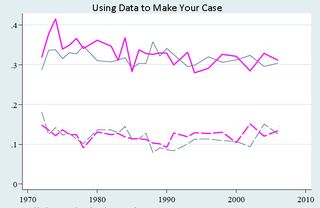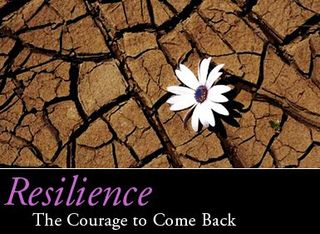I don't normally read The New Yorker magazine, but the title of an article, "Group Think: The Brainstorming Myth," caught my attention. I've been under, what turns out to be, the false assumption that the tenants of brainstorming for creativity and ideas were supported by research…you know, the idea that your team must meet and encourage a plethora of free flowing ideas, absent any criticism or challenge? This common belief is based on the idea that if members of the group are scared of critique, they will prematurely inhibit themselves from sharing ideas that just might have merit. This idea, which has been accepted as truth for several decades, turns out to have no research to back it up.
 The first study of the techniques of brainstorming, performed at Yale in 1958, refuted it completely, and yet nobody paid attention. People kept using the practice of brainstorming as if it were truth. Most of us have been following a principle that was cooked up by Alex Osborn, a partner of the advertising agency B.B.D.O., who simply thought it was a good idea.
The first study of the techniques of brainstorming, performed at Yale in 1958, refuted it completely, and yet nobody paid attention. People kept using the practice of brainstorming as if it were truth. Most of us have been following a principle that was cooked up by Alex Osborn, a partner of the advertising agency B.B.D.O., who simply thought it was a good idea.
The good news is that perhaps the recommendation of brainstorming and other group process recommendations has worked to increase the way companies view creativity as part of a group process. Ben Jones, a professor at the Kellogg School of Management at Northwestern University, has quantified a trend toward viewing creativity as occurring through group process.
There are two pieces of his conclusion that I find pretty exciting: One, that creativity occurs within community. There is something about developing a community of people around a central goal that cultivates and initiates creativity.
The second principle is equally compelling: Jones discusses the work of Charlan Nemeth, "…whose studies suggest that the ineffectiveness of brainstorming stems from the very thing that Osborn thought was most important. Debate and criticism do not inhibit ideas but, rather, stimulate them relative to every other condition.”
Did you get that? We need to debate and critique ideas to develop them well.
This idea immediately resonated with me. As recently as last week, I presented an idea to an individual I respected. He challenged me on one aspect of the problem, we argued our sides, and we both went away significantly altering our view of the bigger picture. Here's another example of healthy criticism at work…I have read that members of Led Zeppelin were legendary debaters of ideas and direction, but generally, in the end, worked through their differences to create their own brand of very popular music.
Most banter about work-related ideas, it's been found, doesn't occur in the conference room. Rather, the best and most innovative ideas result from casual conversations occurring between team members toward a better idea, product, or service, around the water cooler, or over coffee.
So what does this mean for you?
First of all, don't get complacent about change. History is filled with extinct businesses that resisted change. They believed that they had right answers when they probably weren't even asking the right questions. Does anyone remember when Yahoo and MySpace were the big internet players? And to change well, you need a deliberate culture of healthy banter about ideas with an openness to disagree and critique ideas. Smart people will invite this, and most importantly, thrive as a result.
 Editor's Note: This article was written by Dr. David Mashburn. Dave is a Clinical and Consulting Psychologist, a Partner at Tidemark, Inc. and a regular contributor to WorkPuzzle. Comments or questions are welcome. If you're an email subscriber, reply to this WorkPuzzle email. If you read the blog directly from the web, you can click the "comments" link below.
Editor's Note: This article was written by Dr. David Mashburn. Dave is a Clinical and Consulting Psychologist, a Partner at Tidemark, Inc. and a regular contributor to WorkPuzzle. Comments or questions are welcome. If you're an email subscriber, reply to this WorkPuzzle email. If you read the blog directly from the web, you can click the "comments" link below.













